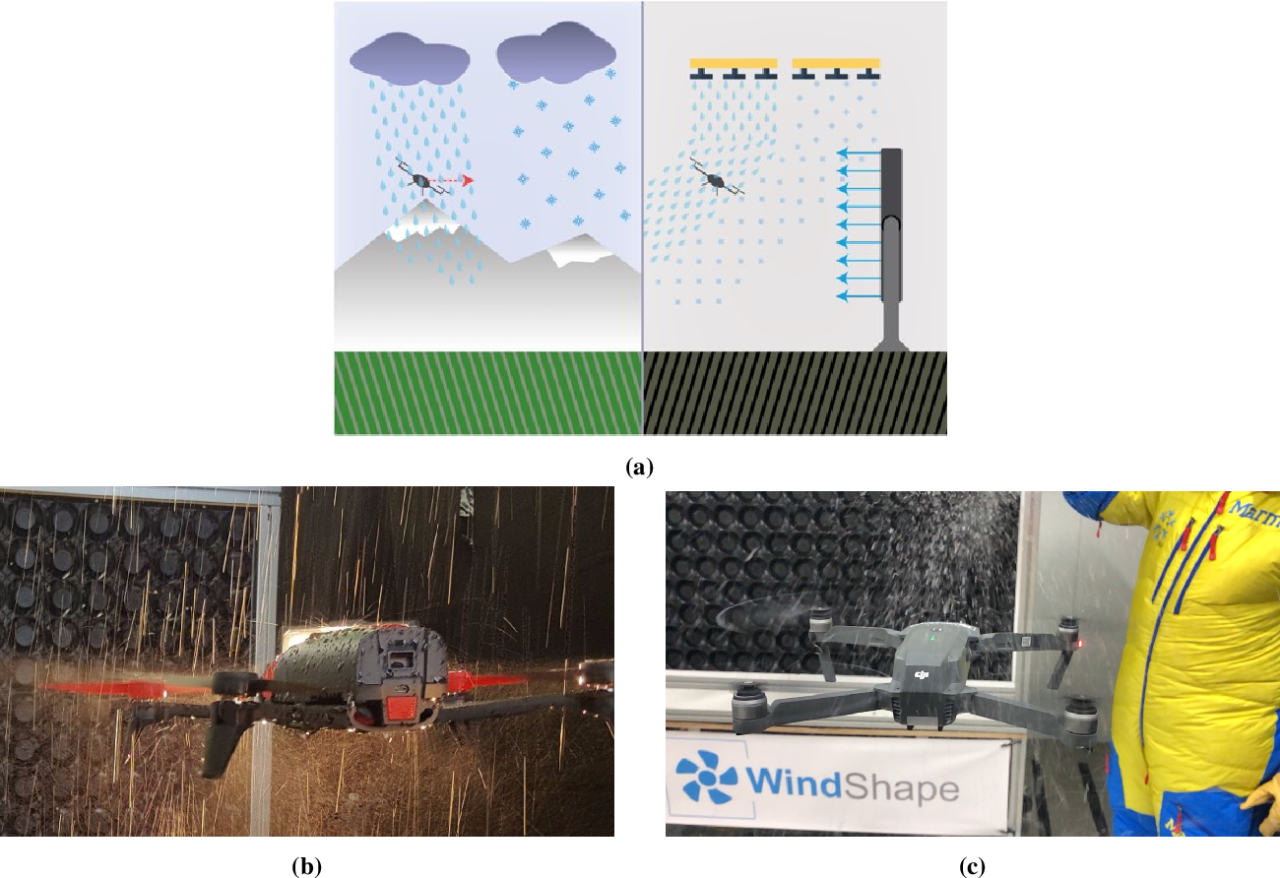Sky elements drones are revolutionizing atmospheric research, offering unprecedented access to data previously difficult or impossible to obtain. These unmanned aerial vehicles (UAVs), equipped with a range of sophisticated sensors, are transforming our understanding of weather patterns, cloud formation, and air quality. From measuring temperature and humidity profiles at various altitudes to studying the microphysics of clouds and monitoring pollution levels in real-time, drones provide a flexible and cost-effective solution for atmospheric scientists.
This technology allows for detailed, high-resolution data collection across diverse environments, providing insights into complex atmospheric phenomena such as lightning, tornadoes, and dust storms. The data gathered through drone-based observation is then analyzed using specialized software and techniques, enabling researchers to visualize and interpret atmospheric processes with greater accuracy and detail than ever before. This leads to a deeper understanding of environmental issues and ultimately informs better decision-making in areas such as weather forecasting and environmental protection.
Sky elements drones, with their advanced capabilities, are increasingly relevant in various sectors. The recent incident involving a drone attack, as detailed in this report on the kazan drone attack , highlights both the potential and the risks associated with unmanned aerial vehicles. Understanding these risks is crucial for responsible development and deployment of sky elements drones in the future.
Drone Technology in Atmospheric Research: Sky Elements Drones
Drones have revolutionized atmospheric research, offering a cost-effective and flexible platform for collecting data previously inaccessible or difficult to obtain. Their maneuverability allows for targeted measurements in specific atmospheric layers and locations, providing valuable insights into various atmospheric processes.
Types of Drones Used for Sky Element Observation
A variety of drones are employed in atmospheric research, each suited to specific tasks and altitudes. These range from small, lightweight quadcopters ideal for low-altitude measurements near the surface, to larger, more robust fixed-wing drones capable of reaching higher altitudes and covering greater distances. Hybrid designs combining vertical takeoff and landing (VTOL) capabilities with the endurance of fixed-wing platforms are also becoming increasingly popular.
Sky elements drones, known for their robust design and advanced features, are increasingly used in various applications. However, the recent incident highlighted in this news report, a florida drone accident , underscores the importance of responsible operation and adherence to safety regulations. Understanding such incidents helps improve the safety protocols surrounding sky elements drones and similar technologies.
Drone-Based Sensor Data Collection
Drones carry a suite of sensors to collect atmospheric data. Temperature and humidity are typically measured using high-precision sensors such as thermistors and capacitive humidity sensors. Wind speed and direction are determined using anemometers, often miniaturized versions designed for drone integration. These sensors transmit data in real-time to a ground station for immediate analysis and visualization.
Advantages and Disadvantages of Drone-Based Atmospheric Data Collection
Compared to traditional methods like weather balloons or manned aircraft, drones offer several advantages. They are significantly more cost-effective, easier to deploy, and can access areas that may be dangerous or inaccessible to other methods. However, their operational range and payload capacity are often limited, and their flights are susceptible to weather conditions such as strong winds or precipitation.
Battery life also restricts the duration of data collection.
Comparison of Drone Sensor Payloads for Atmospheric Studies
| Drone Type | Sensor Type | Altitude Capability | Data Accuracy |
|---|---|---|---|
| Quadcopter | Temperature, Humidity, Pressure, GPS | Up to 500 meters | ±0.5°C, ±2% RH, ±1 hPa |
| Fixed-Wing | Temperature, Humidity, Wind Speed, GPS, LiDAR | Up to 3000 meters | ±1°C, ±3% RH, ±0.5 m/s |
| Hybrid VTOL | Temperature, Humidity, Wind Speed, GPS, Camera | Up to 1500 meters | ±0.8°C, ±2.5% RH, ±0.8 m/s |
| High-Altitude Platform Station (HAPS) | Various atmospheric sensors, including aerosol and gas detection | Up to 20,000 meters | Highly variable depending on sensor type |
Drones and Cloud Formation Studies
Drones provide unprecedented opportunities to study cloud microphysics, offering detailed, in-situ measurements within clouds. This allows researchers to better understand cloud formation mechanisms, their impact on precipitation, and their role in the Earth’s climate system.
Drone-Based Cloud Microphysics Data Collection
Drones equipped with specialized sensors can measure cloud droplet size distribution and concentration. These sensors, often employing optical techniques such as forward scattering spectrometers, provide high-resolution data on the properties of cloud droplets, revealing crucial information about cloud nucleation and growth processes. Data on cloud liquid water content and ice crystal characteristics can also be obtained using appropriate sensors.
Improved Understanding of Cloud Formation Processes
Drone-based data has significantly enhanced our understanding of cloud formation. For instance, studies have revealed the importance of aerosol particles in cloud nucleation, providing a more detailed picture of how pollution affects cloud properties. Research has also shown how different types of clouds form and evolve under varying atmospheric conditions, leading to more accurate climate models.
Sky elements drones, known for their advanced navigation systems, are increasingly used for various applications. However, the recent incident highlighted in this report on a florida drone accident underscores the importance of robust safety protocols. Understanding such incidents helps improve the design and operation of sky elements drones, ultimately enhancing their reliability and safety.
Hypothetical Drone Mission to Study Cumulus Cloud Evolution
A hypothetical mission to study a cumulus cloud could involve deploying a fixed-wing drone equipped with temperature, humidity, and wind speed sensors, as well as a high-resolution camera. The flight plan would entail a series of transects through the cloud at different altitudes, collecting data on the cloud’s internal structure, temperature profile, and air movement. This data would be analyzed to understand the cloud’s growth, dissipation, and precipitation characteristics.
Sky Element Monitoring and Environmental Applications
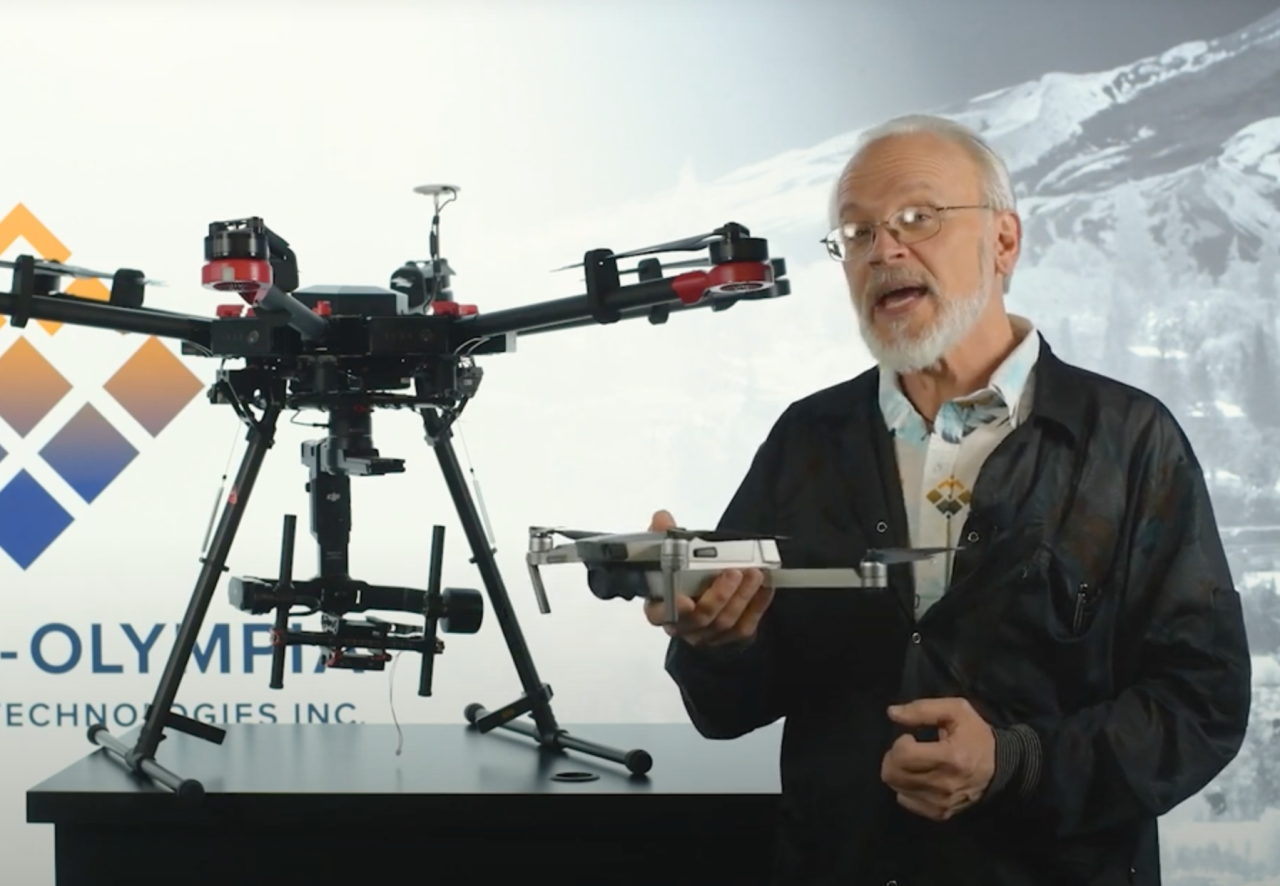
Drones are increasingly used for environmental monitoring, particularly in air quality assessment. Their ability to provide localized, high-resolution data makes them a valuable tool for understanding pollution sources, dispersion patterns, and the overall impact of pollutants on air quality.
Drones for Air Quality Monitoring
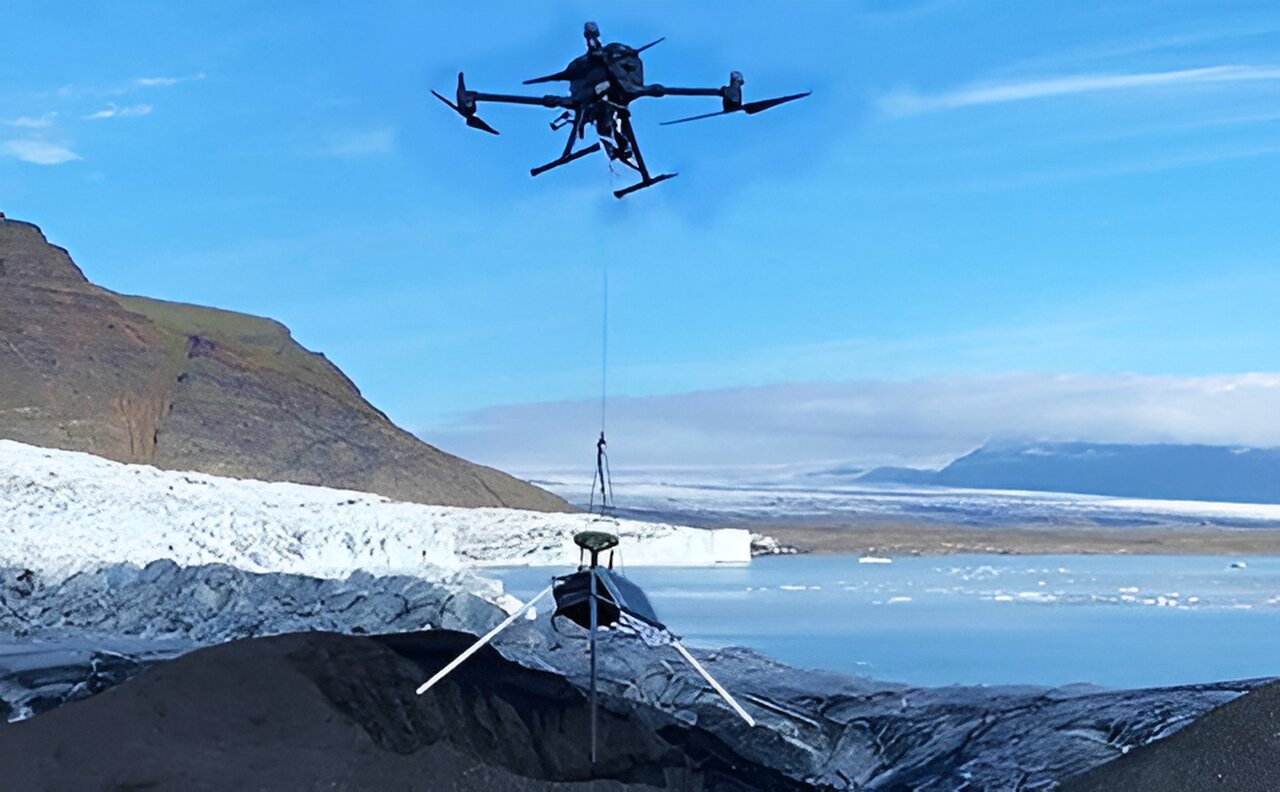
Drones equipped with gas sensors can measure various pollutants such as nitrogen oxides, sulfur dioxide, ozone, and particulate matter. This data can be used to identify pollution hotspots, track pollutant plumes, and assess the effectiveness of pollution control measures. Data visualization techniques can help create detailed pollution maps, showing the spatial distribution of pollutants.
Comparison with Other Air Quality Monitoring Methods
Compared to traditional air quality monitoring networks, which often have limited spatial coverage, drones offer higher spatial resolution and flexibility. However, the limited flight time of drones and their susceptibility to weather conditions pose limitations. Drone-based measurements can complement traditional monitoring networks, providing a more comprehensive picture of air quality.
Successful Drone Deployments for Air Quality Monitoring
Several successful drone deployments for air quality monitoring have been reported. For instance, drones have been used to map pollution levels in urban areas, identifying sources of industrial emissions and traffic-related pollution. In rural areas, drones have been deployed to monitor agricultural emissions and assess the impact of wildfires on air quality.
Environmental Hazards Monitored by Drones
- Air pollution (gases and particulate matter)
- Water quality (eutrophication, algal blooms)
- Wildfires (detection, monitoring, mapping)
- Oil spills (detection, mapping, assessment)
- Hazardous waste sites (monitoring, mapping)
Drones for Studying Atmospheric Phenomena
The use of drones in studying hazardous atmospheric phenomena presents unique challenges and opportunities. While risky, the data collected offers valuable insights into these events, improving our understanding and preparedness.
Drone Applications in Studying Atmospheric Phenomena, Sky elements drones
Drones can be equipped with specialized sensors and cameras to collect data on lightning strikes, tornadoes, and dust storms. For example, high-speed cameras can capture images of lightning strikes, providing information on their intensity and location. Specialized sensors can measure wind speed and direction within tornadoes, while drones can map the extent and concentration of dust storms.
Safety Measures for Drone Deployment in Hazardous Conditions
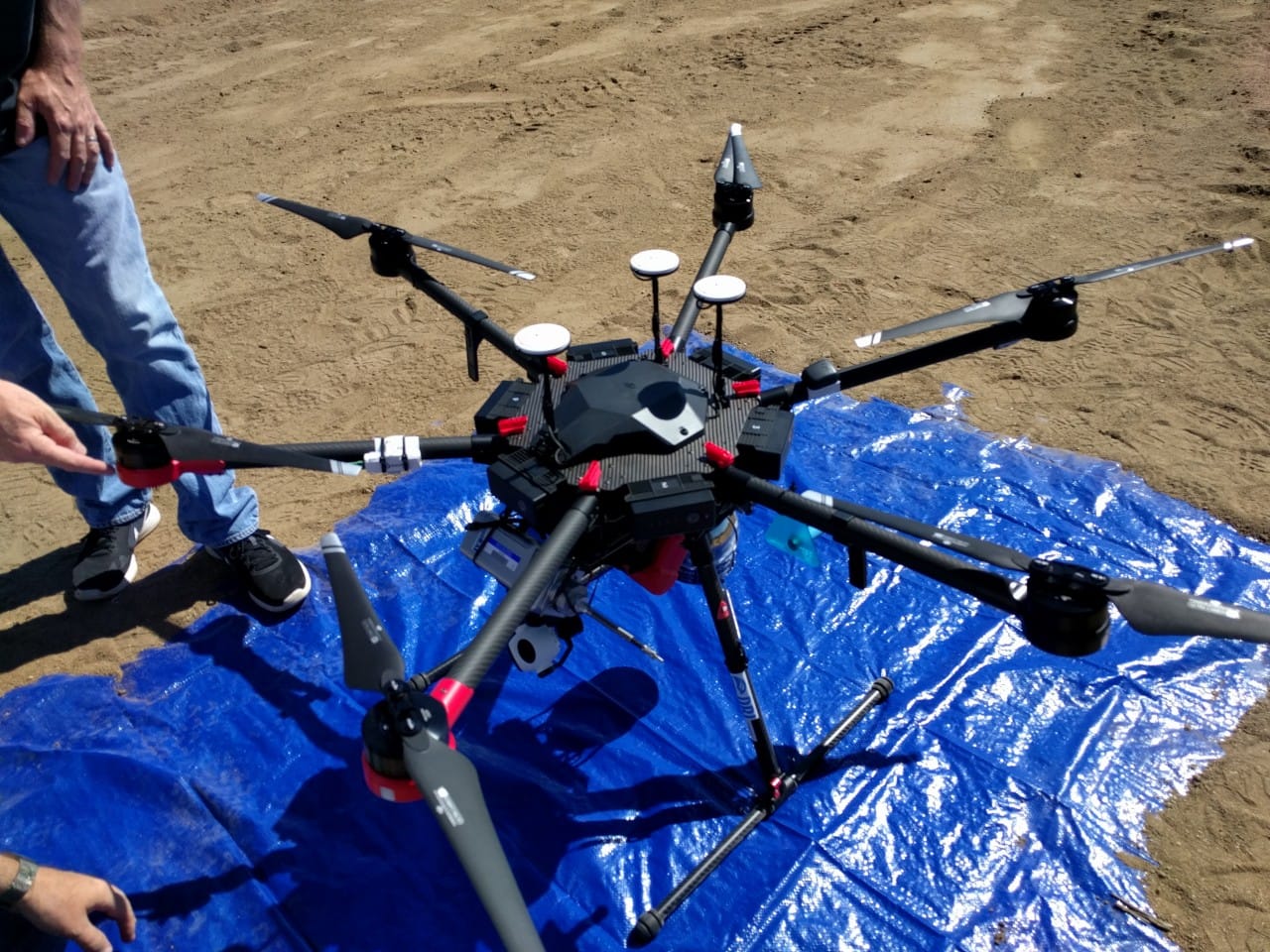
Deploying drones in hazardous atmospheric conditions requires stringent safety protocols. This includes thorough pre-flight checks, redundant systems, and real-time monitoring of the drone’s status. Pilots must have extensive training and experience, and contingency plans must be in place to handle unexpected situations. Communication with meteorological services is crucial to ensure awareness of changing weather conditions.
Specialized Equipment for Studying Atmospheric Phenomena
Studying different atmospheric phenomena requires specialized equipment. Lightning studies may require high-speed cameras and electromagnetic field sensors. Tornado research might utilize anemometers capable of measuring high wind speeds and specialized GPS systems for precise tracking. Dust storm monitoring may involve sensors for measuring particulate matter concentration and size distribution.
Ethical Considerations for Studying Dangerous Atmospheric Events
- Prioritizing safety of drone operators and the public.
- Minimizing environmental impact of drone operations.
- Ensuring data privacy and security.
- Balancing the benefits of research with potential risks.
- Transparency in data collection and sharing practices.
Image and Data Analysis from Drone-Based Sky Observations
The data collected by drones requires sophisticated analysis techniques to extract meaningful insights into sky elements. This involves processing raw data, applying various algorithms, and visualizing the results to understand atmospheric processes.
Analyzing Drone Images and Data
The process of analyzing drone data begins with processing raw images and sensor data. This involves correcting for various factors such as sensor noise, atmospheric distortion, and geometric errors. Specialized software packages are used to perform these corrections and extract relevant information. Algorithms are then applied to analyze the processed data, identifying patterns and relationships between different atmospheric variables.
Software and Techniques for Data Processing
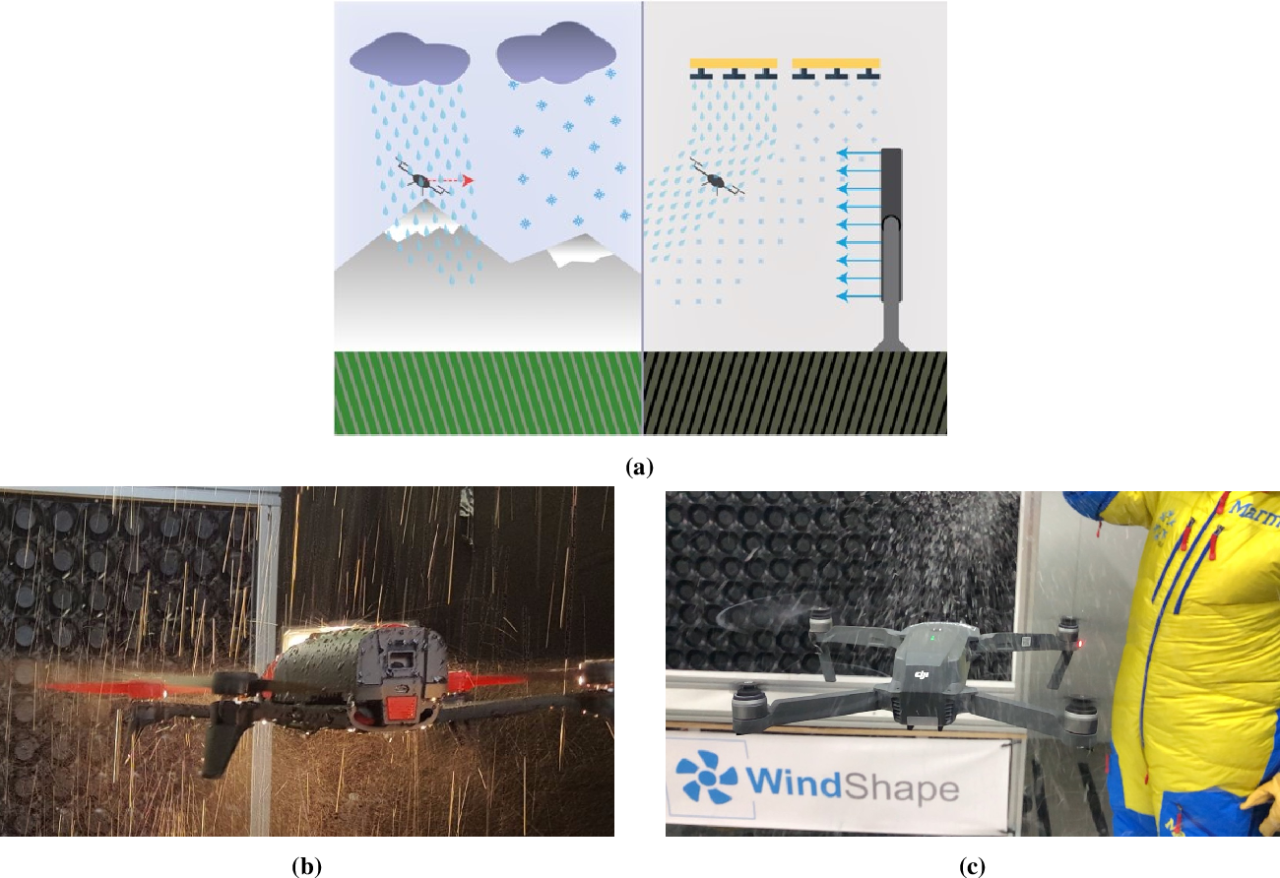
Various software packages are used for processing drone-based atmospheric data. These include image processing software for analyzing images, GIS software for spatial analysis, and specialized software for processing sensor data. Techniques such as machine learning and artificial intelligence are increasingly being used to automate the analysis process and extract more complex information from the data.
Data Visualization Techniques
Data visualization is crucial for interpreting atmospheric data from drones. Techniques such as three-dimensional visualizations, contour maps, and animations can help illustrate the spatial and temporal variations in atmospheric parameters. These visualizations can reveal complex patterns and relationships that may not be apparent from raw data alone.
Extracting Meaningful Information from Drone Imagery
Drone imagery can provide valuable insights into cloud formations and air quality. For example, the texture and shape of clouds in drone images can reveal information about their type, age, and stability. Similarly, the color and density of air plumes in drone images can provide information about the type and concentration of pollutants.
The integration of drones into atmospheric research represents a significant advancement, offering a powerful tool for understanding and addressing environmental challenges. The ability to collect precise, real-time data on a wide range of atmospheric elements allows for improved modeling, forecasting, and environmental monitoring. As drone technology continues to advance, we can anticipate even more sophisticated applications, leading to a more comprehensive understanding of our atmosphere and its impact on our planet.
FAQ Explained
What are the limitations of using drones for atmospheric research?
Limitations include flight time restrictions, weather dependency (wind, rain), regulatory restrictions on airspace usage, and potential data loss due to equipment malfunction.
How is data privacy ensured when using drones for atmospheric research?
Data privacy is typically ensured through anonymization techniques and adherence to relevant data protection regulations. Specific protocols vary depending on the research project and location.
What is the cost involved in deploying a drone for atmospheric research?
Costs vary significantly depending on the type of drone, sensors, required expertise, and duration of the deployment. It ranges from a few thousand dollars for basic setups to hundreds of thousands for sophisticated missions.
